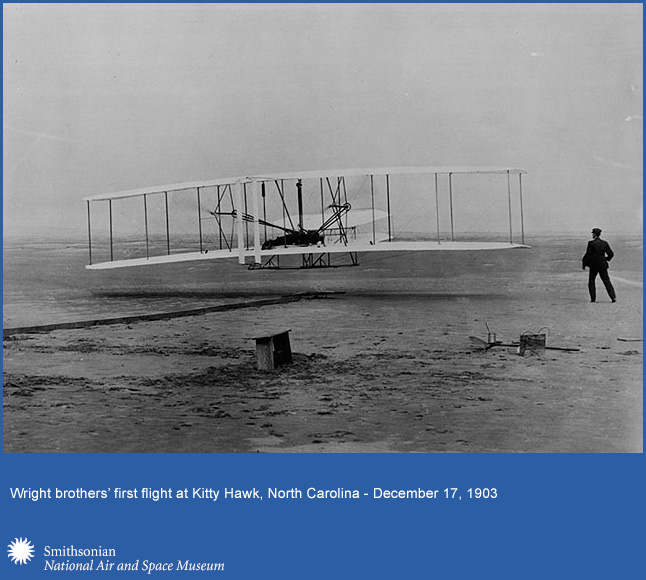The Wright Brothers, the Piping Plover, and the Seaside Amaranth
 |
| Image from National Air and Space Museum Archive,
Smithsonian Institution |
| Download the full plate of the Piping Plover on BHL Flickr |
The Piping Plover (Charadrius melodus) can still be found along the North Carolina beaches, but is listed as “near threatened” by the IUCN. Their sandy white plumage makes them masters of camouflage and allows them to effortlessly blend in with the Hatteras seashore. The two biggest threats to the plovers are habitat loss and disturbance of their nests.
| Download the full plate of the Seaside Amaranth on the BHL |
Amaranthus pumilus (commonly called the seaside amaranth, seabeach amaranth, dwarf amaranth, or coast amaranth) was also a likely silent witness to the Wright’s flight. This ground-hugging annual, which once ranged widely on the East Coast of United States and grew abundantly on the barrier island beaches of the Carolinas, is now threatened.
A lot can change in 109 years. A primary motivating factor for global BHL staff, who have worked so hard to build the Biodiversity Heritage Library, is to provide taxonomists and conservationists with the tools that they need to name, identify, describe, and ensure that the species which line our national seashores are around for the next 109 years — to 2121 and beyond!





Leave a Comment